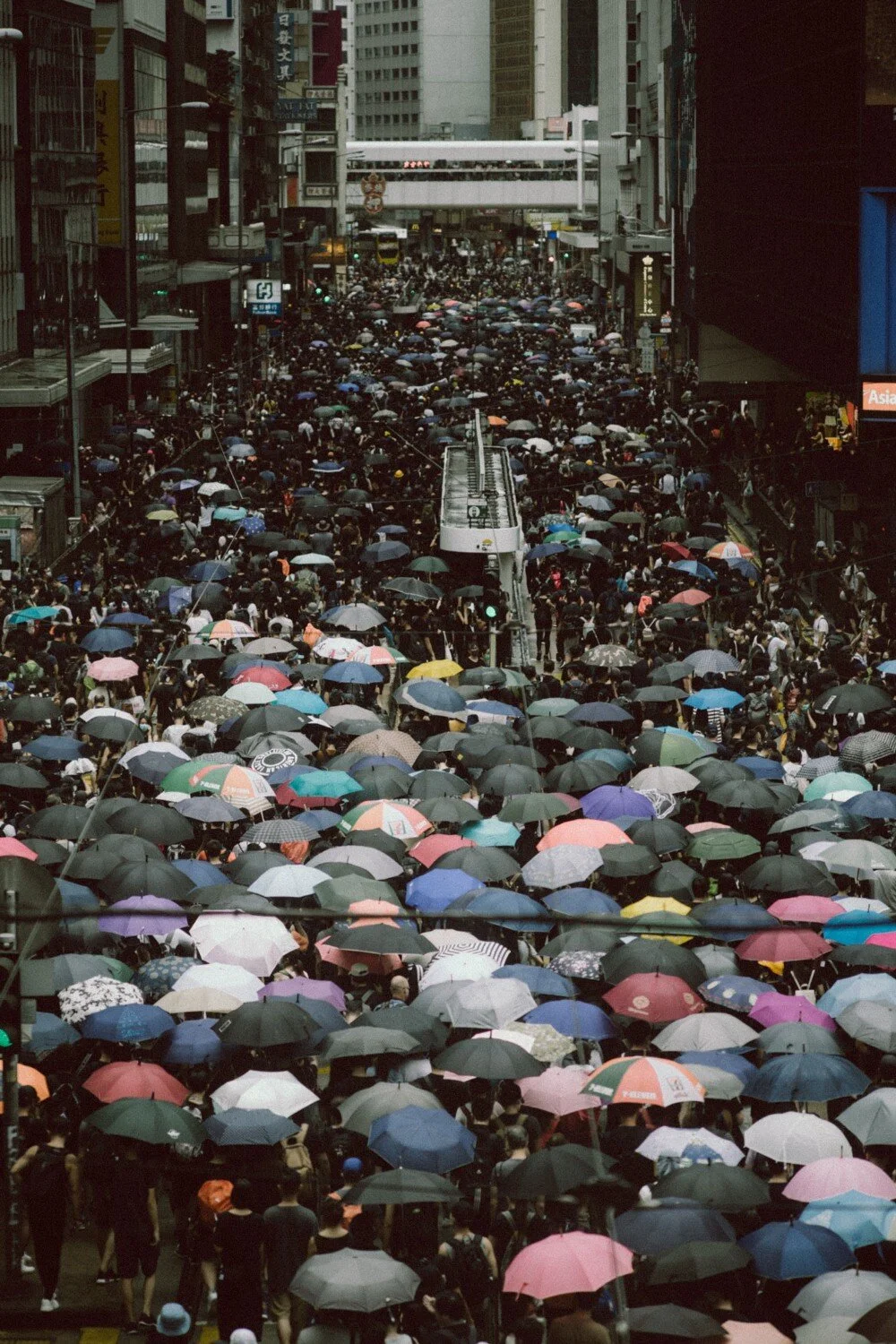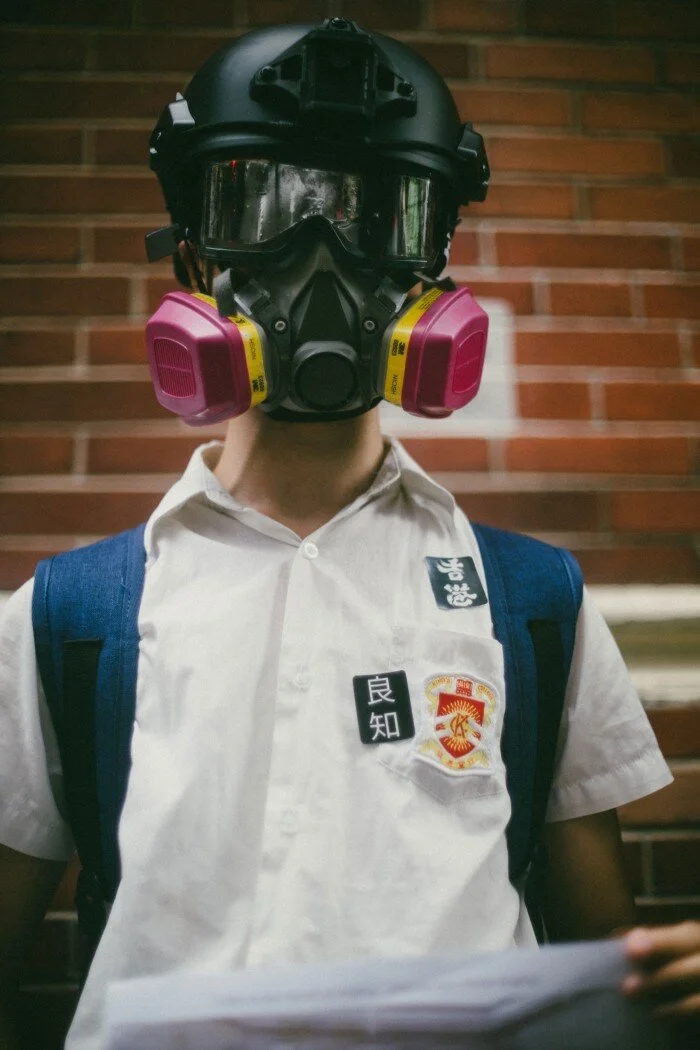Fundraising on the frontline: six emerging lessons from Hong Kong.
Fundraising for good causes in Hong Kong can be challenging at the best of times. But given the current unprecedented events, for many causes it has got a whole lot harder. DTV Asia’s Deb Kwek recently met a group of leading fundraisers in Hong Kong to get a better understanding of the impact of protests on the fundraising sector here. The names of the participants and organisations have been withheld to protect their identity.
You have seen the images on TV. The passion. The conflict. You will have your own views on right and wrong. One thing we can probably agree on is that fundraising is about emotion, not statistics, but nevertheless let’s start with some numbers…
Up to two million people in one protest
188 days of unrest since June 9.
Over 4,000 canisters of tear gas used. 1,733 rubber bullets have been fired.
More than 10 questionable suicide cases.
At least 3 have lost their eyes; journalist, teacher, volunteer first aider. Two teenagers have been shot. A police officer has been stabbed.
Hundreds have been hospitalised. More than 2,000 have been arrested.
The entire MTR system was shut down for the first time in 40 years.
In such a volatile environment, it can be hard to see the clear impact on fundraising, but from talking to people on the ground we can see six emerging lessons.
Lesson 1: Giving has become politicised amongst those who are protesting.
Who decides whether a cause is good or not? Some protesters have been calling on their peers to stop donating to organisations that are seen as unsupportive — not sending medical staff to the ‘front lines’ to treat the injured for example. Posters are put up at protest sites telling people to cancel their direct debits. Doctors without Borders has been targeted. Even UNICEF.
Lesson 2: Fundraising is still working
At the same time the fundraising effectiveness of other acquisition channels, especially those targeting an older demographic don’t seem to be impacted. Direct response television is still working well — both WWF and Doctors Without Borders have been running their DRTV appeals whilst the protests continue.
Lead generation via social media continues to work too, although more comment moderation is required…
Some organisations like Greenpeace are channelling the people power feeling, focusing their topics on similar issues impacting us all, such as the Amazon fires, and using the hashtag #positivechangethroughaction.
Lesson 3: Direct dialogue is still working, but it has had to shrink.
Commercial providers are still active, but it’s unsurprisingly more challenging to find places to ‘pitch’. And the supply of fundraisers has been a little restricted as those putting their beliefs on the line to fundraise are often the same people at the heart of the protests.
It’s toughest for those managing ‘in house’ operations as they are directly responsible for safety at all times, as well as fundraising performance.
Conversations can become heated as the public wants to talk about the protests — whether they are for, against, or in between — but non-political organisations cannot even comment on it.
Lesson 4: Funds running low whilst organisations lie low
It could be safer to do nothing for a while, but for how long? And without funds services could eventually suffer.
Many organisations have reduced activity, fearing that appealing for anything other than ‘the five demands’ would be strongly criticised. And of course, despite the impact of programmes in mainland China, nobody is keen to actively go out and promote this message whilst tempers continue to run high.
Lesson 5: Which media are less volatile for fundraising in Hong Kong?
Overall the feeling is that fundraising can’t lie low for much longer. Doing nothing means that criticism is being avoided, but also projects, and therefore innocent people and animals, may suffer due to funding shortages.
Television appears to be one of the best choices for those with the funding — around USD45,000 a month and above. Digital media is picking up and fixed cost per response providers can take a lot of the risk out of performance whilst guaranteeing volume.
Pressures will remain on face to face as the new flash mob strategy of the protesters means teams cannot confidently pitch safely. If the situation stabilises activity can increase.
Lesson 6: What might this mean for you, elsewhere in the world?
We focus here specifically on Hong Kong, but large-scale protest and the associated disruption can happen anywhere. So, what do you need to consider if you are affected?
Uncertainty and the unexpected is not just a challenge to fundraising. It’s reputational. It impacts everyone from the CEO to the volunteers and programmes.
You need a rapid response plan to control what you can, where you are most visible. Some of this is obvious — face to face fundraisers are going to meet the public. Whether they have been hired or whether they are staff, the public sees them as you.
But what about your social media? What about your website? Your donation page? Your paid search? Your annual report and event plans? All needs to be in sync. Who is going to call the shots and manage it? If you can agree that before you need it you’ll be in a better place.
All of this should be within your organisation’s emergency preparedness plans.
Don’t over-think the potential impact to your fundraising to the point of paralysis. It feels easier to do nothing but it’s possibly going to hurt more than doing something.
Try to be decisive, together, focused and clear. Greenpeace (an organisation that is strong in activism and moving fast) have been smart and shown the way, tweaking their activity and message to channel the mood and messages to their own benefit. Other organisations — especially those focused on overseas aid — could be doing this too.
And if in doubt, get in touch and we can connect you to those who have already been through it.
Bio
Deb Kwek is a producer at DTV Asia and looks after our NGO Clients’ TV and digital fundraising in Hong Kong, Thailand and beyond.




